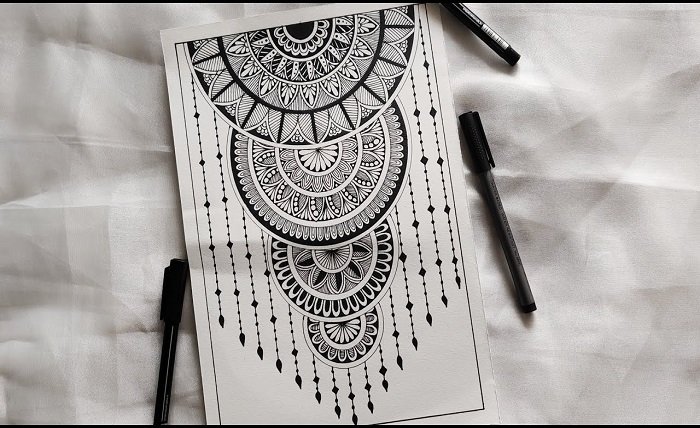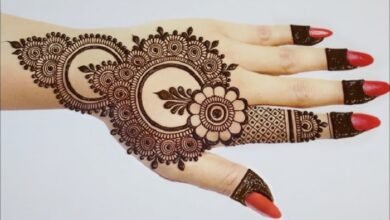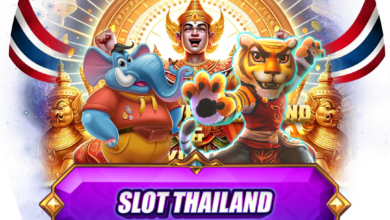The Beauty and Meaning of Mandala Art: A Journey into Sacred Circles

The Origins of Mandala Art
Mandala art has deep roots in ancient spiritual practices, particularly within Hinduism and Buddhism. The term “mandala” comes from the Sanskrit word meaning “circle,” symbolizing unity, wholeness, and the cosmos. Mandala art originally emerged as a form of religious expression, often seen in temples and monasteries, representing sacred geometrical patterns used for meditation and spiritual enlightenment.
Early mandala art was created with colored sand or painted on walls to aid monks in focusing their minds. These sacred circles represented not just art, but tools for transcendence. Even today, traditional mandala art holds spiritual significance across cultures, often used during rituals and prayer ceremonies.
By exploring the origins of mandala art, we gain a deeper appreciation of how ancient societies used symmetrical patterns to connect with the divine. Understanding this history gives depth to every stroke and design within mandala art.
The Symbolism and Spiritual Meaning in Mandala Art
One of the most captivating aspects of mandala art is its layered symbolism. Mandala art symbolizes the journey of life, moving from the outer world to the inner self. The center point of the mandala often represents the self or spiritual origin, while the surrounding patterns reflect personal growth, knowledge, and universal harmony.
In Tibetan Buddhism, mandala art is used in rituals to represent the universe and to aid in meditation. The intricate symmetry of mandala art helps practitioners enter a state of mindfulness and inner balance. Even in modern psychology, Carl Jung recognized mandala art as a representation of the self, using it in therapeutic settings to explore the subconscious mind.
Every element in mandala art—from its circles to its geometric shapes—holds deep spiritual meaning. It serves as a reminder of the cyclical nature of life, encouraging balance and unity in our chaotic world.
Popular Styles and Types of Mandala Art
Mandala art comes in a wide array of styles, each with its unique aesthetic and cultural significance. From the traditional sand mandalas of Tibet to the intricate henna mandalas of India, the diversity of mandala art styles is vast. Some popular styles include floral mandalas, geometric mandalas, tribal mandalas, and abstract mandalas.
Geometric mandala art typically features precise, symmetrical lines and shapes, offering a structured and calming effect. On the other hand, floral mandala art incorporates petals and leaves, symbolizing natural growth and beauty. Tribal mandala art often draws from indigenous patterns, incorporating symbols of strength and ancestry.
Digital artists have also embraced mandala art, creating vector-based designs used for coloring books, tattoos, and home decor. Whether painted, drawn, or created digitally, each form of mandala art reflects a unique artistic and cultural story.
Mandala Art in Modern Creative Practices
Today, mandala art has become a global creative trend, inspiring artists, designers, and hobbyists around the world. From adult coloring books to fashion and interior design, mandala art is everywhere. Its symmetrical patterns and soothing compositions make it a favorite for stress relief and creative expression.
Many artists use mandala art as a meditative practice, allowing them to focus on the present moment. The process of drawing mandala art promotes mindfulness and emotional clarity, making it a popular tool in art therapy. Some people create mandala art on canvas, paper, walls, or even digital tablets using apps.
The accessibility and versatility of mandala art make it ideal for anyone—whether you’re a beginner exploring creativity or a professional looking to deepen your artistic expression. Mandala art bridges the gap between creativity and healing in modern times.
Therapeutic and Mental Health Benefits of Mandala Art
Beyond aesthetics, mandala art offers powerful therapeutic benefits for mental health. Creating or coloring mandala art has been scientifically shown to reduce anxiety, stress, and depression. The repetitive patterns in mandala art activate the brain’s relaxation response, creating a calming effect similar to meditation.
Psychologists often use mandala art in art therapy sessions, particularly with individuals dealing with trauma or emotional distress. The act of focusing on symmetrical designs in mandala art allows for a grounding and centering experience. This makes mandala art a valuable mental wellness tool.
Schools, hospitals, and wellness centers around the world have adopted mandala art as part of their stress-relief programs. Mandala art proves that creativity and healing go hand in hand, offering a peaceful outlet for emotional expression.
How to Create Your Own Mandala Art
Creating mandala art is both enjoyable and fulfilling. To begin, all you need is paper, a compass, ruler, and fine-tip pens or colored markers. Start by drawing a series of concentric circles, using the compass for symmetry. Divide the circles into equal sections, then fill them with repeating patterns and shapes—this is the foundation of mandala art.
Beginners can start with simple designs like dots, petals, spirals, and triangles. Over time, mandala art allows for more complex and detailed patterns. The most important rule of mandala art is symmetry—each section should mirror the other, promoting balance.
There are also digital tools and mobile apps specifically designed for creating mandala art. Whether by hand or on screen, designing mandala art encourages focus, creativity, and inner peace. As you draw, let go of perfection and simply enjoy the meditative flow of mandala art.
Mandala Art in Culture, Religion, and Everyday Life
Mandala art is more than an artistic trend—it is a cultural and spiritual treasure embedded in various traditions. In Hindu and Buddhist cultures, mandala art represents sacred geometry, used for teaching, meditation, and rituals. In Native American culture, mandala art appears in dreamcatchers and sand paintings.
Today, mandala art is not limited to temples or religious texts. It’s used in yoga studios, home decor, tattoos, and mindfulness journals. Mandala art continues to evolve, blending ancient symbolism with contemporary lifestyle.
Whether it’s hanging on a living room wall or inked as a tattoo, mandala art resonates with people worldwide. It reminds us of our inner harmony and the interconnectedness of life. By embracing mandala art in daily life, we connect with a deeper part of ourselves and the universe.
Conclusion
Mandala art transcends time, culture, and medium. It’s a blend of ancient spirituality and modern creativity, offering both beauty and meaning. From its origins in sacred rituals to its presence in everyday design and mental health practices, mandala art continues to captivate hearts and minds.
Whether you’re an artist, a spiritual seeker, or someone looking to reduce stress, mandala art invites you into a world of balance, symmetry, and inner peace. With every circle and shape, mandala art helps us reconnect—with ourselves and the universe.
So the next time you see or create a mandala, take a moment to breathe, reflect, and embrace the calming power of mandala art.
FAQs
1. What is the meaning behind mandala art?
Mandala art symbolizes the universe, balance, and inner harmony. It’s used spiritually and creatively across cultures.
2. Can anyone create mandala art, even without artistic skills?
Yes! Mandala art is for everyone. You don’t need to be an artist to enjoy or benefit from creating mandala art.
3. What tools do I need to make mandala art?
To start mandala art, you’ll need paper, a compass, ruler, and pens or markers. Digital tools and apps are also popular.
4. How is mandala art used in meditation?
During meditation, mandala art helps focus attention and induce calm. The symmetry aids mindfulness and spiritual reflection.
5. Is mandala art only used in religious practices?
No. While mandala art has religious origins, it’s now used in art therapy, home decor, yoga, and wellness for everyone.





